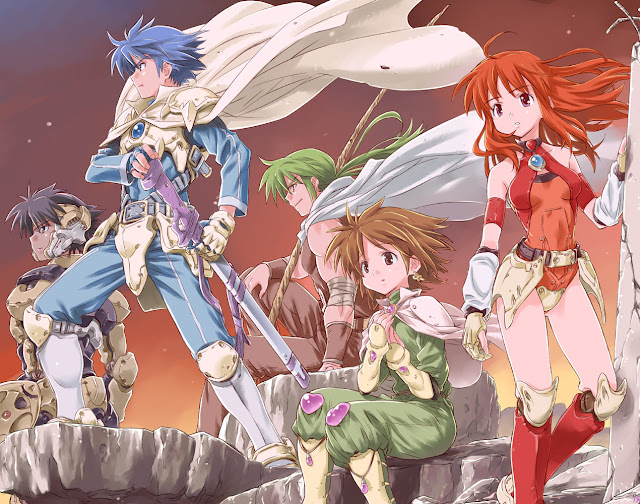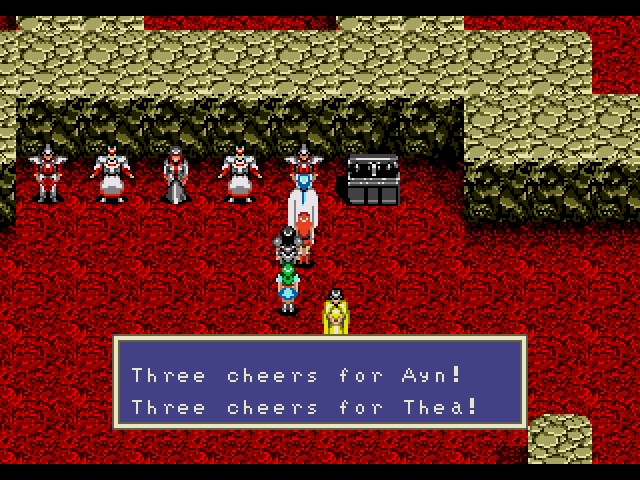Retro Reflections by Nick H.
Recently, I was reflecting back on Phantasy Star II, a game that was very memorable to me despite some of its shortcomings. I would go so far as to say that at the time of its release, it was one of the best JRPGs out there. Years later when Phantasy Star III: Generations of Doom arrived, it was heavily panned by most critics and even most of my friends. Was it really so bad? I played through it few different times, but I had not touched it in many years, so I decided to go back and see for myself.
The biggest issue with Phantasy Star III: Generations of Doom is that it felt like a rushed game that did not bring much new to the table. There were some great melodies on the soundtrack, but everything else from the visuals, which were dated on release, through to the tried and true yet steadily aging combination of turn-based combat mixed with random encounters rubbed a lot of people the wrong way. If anything the combat was less tactical than ever as skills were less important and you could set combat on auto-battle and still win the majority of the time with little to no manual intervention. People were, at the time the game was released, steadily moving away from the kind of experience that Phantasy Star seemed intent on offering, in other words.
To read on, please log in with your DDNet Premium account:









